What (and where) Is Moderation?
In order to lead a reasonably happy, healthful and productive life you need to practice a certain amount of moderation. We all know when we don’t have it. Just what is moderation, and how can you be moderate in our anything-but-moderate world? Moderation seems both out of style – sort of quaint – and our lack of it the reason for so much that ails so many.
Many of us can reel off the basics of a moderate lifestyle: generally sticking to a way of eating rich in fruit, vegetables, whole grains, and lean proteins, things like maintaining a healthy weight, avoiding too much sugar and salt, and working with a nutrition professional if your medical condition necessitates lifestyle change.
Physical activity is another anchor of a moderate lifestyle. National fitness organizations recommend we get at least 30 minutes of moderate (there’s that word again) activity on most if not all days of the week. Yet most Americans are not moving this much.
Definitions and examples of a moderate lifestyle are clear and widely available, but the majority of Americans can’t seem to incorporate it into our daily lives. Cultural norms present moderation as passive, a little boring, and even undesirable, as Oscar Wilde’s famously observes: “Moderation is a fatal thing” and “Nothing succeeds like excess.”
Something one of my agents said, a gal who works with big writers, haunts me to this day. She said not to say that word – moderation. No one wants to talk about that, she insisted. We’re not working together anymore, though she’s an amazing agent, but I am so very clear that I’ll gladly leave some worldly success on the table to insist that we need to relax, mellow out and cultivate the middle path between too much and too little.
Yogic Moderation: Standing in the Fire
Yoga’s philosophical framework of the yamas and niyamas richly and clearly describe the mental framework of a moderate approach to lifestyle. While national health recommendations provide general outlines as to what a moderate lifestyle is, the actual how-to is much harder to find. Yoga gets into the nitty-gritty.
In yoga, moderation is not a passive state easily achieved.
The moderate yoga practitioner is a spiritual warrior constantly challenged by his or her own attachments (things he or she is drawn to, appetites) and aversions (things he or she pushes away from, dislikes). If the practitioner can begin to attenuate his or her appetites and dislikes through following the yamas and niyamas, and direct his or her passion (tapas) toward self-study(svadhyaya) or self-care, a more moderate lifestyle may be achieved, and his or her spiritual journey will proceed unencumbered. This cognitive restructuring, the re-weaving of your thinking process, is a difficult undertaking. In yoga it is sometimes referred to as “standing in the fire” between the two poles of attachment and aversion. Or, standing in the middle ground between too much and too little.
Modern yoga culture itself, unfortunately, is not immune to duplicity. With the tremendous gain in popularity of the practice and resultant explosion of commercial yoga endeavors, there is a booming yoga media culture that implies that if you purchase certain yoga products you will easily find unending bliss, happiness, and a perfect yoga butt.
In these image-pitches there is no hint of the hours of sadhana (practice) or the years of self-development necessary for the average practitioner to reach the states of bliss and physical perfection being peddled. This body-ism of getting overly attached to our physical appearance is prevalent in the yoga world (and is one reason we are seeing a jump in eating disorders in some yoga communities), but it is simply another distraction blocking your path to becoming a fully aware human. Look for teachers and practices that focus more on feeling great in the body you have right now, as opposed to practices and teachers encouraging you to aim for something you are not.
Enjoy your fit (or imperfectly fit) body, your vibrant (or somewhat less than vibrant) energy, but remember not to take it too seriously. The journey is the practice, and there is no goal or destination other than being in the present moment in practice and in life.
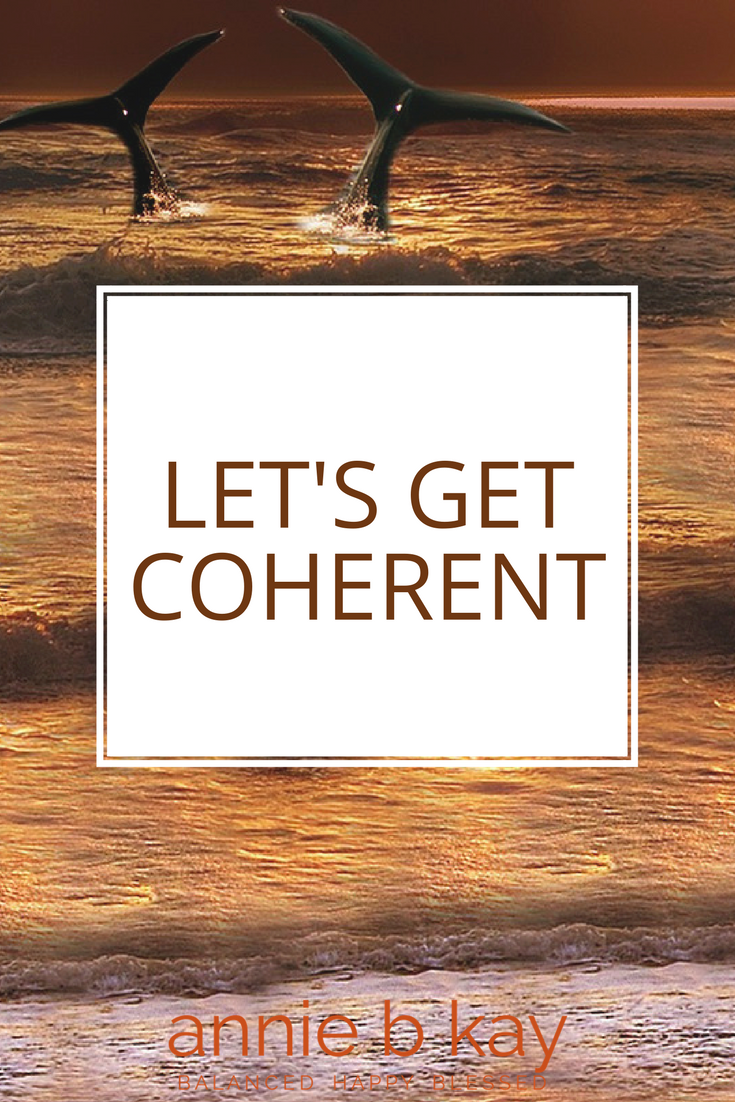
There’s been talk in the integrative wellness world about coherence, so here’s a bit about that. It’s about vibration and the waves created therein. Some scientists say that all communication comes down to vibrational waves – light, sound, movement – how animals and plants, the cells within them and much of the world itself communicates.
Let’s talk about waves and how to begin to discuss them. A good place to start is with few definitions.
Wavelength: A wavelength is the distance between two similar points of two waves – crest (top) to crest or trough (bottom) to bottom, for example.
Frequency: The number of waves produced per second. Speaks to speed and length.
Amplitude: Half the distance from peak to trough. It can also be thought of the height of a wave from the rest position (the inflection point in the middle where the wave is not moving) to the peak. How big it is.
Wave Speed: How fast it is moving (in meters per second).
Period: The time it takes to pass a point, in seconds. Speed.
Some of these sound close in definition and they are, but I am going to leave it there for the time being. If you are curious, do a little more research. Thanks.
So, coherence involves two waves meeting – they can meet in a coherent way (speed and frequency are similar enough to become in sync) and increase amplitude, or incoherently and decrease amplitude. When waves are incoherent, the waves can actually cancel each other out, or go a little haywire and splat (not a technical term but I hope you get the visual – plop!).
The metaphysical idea is that we are each born with a certain frequency (my teacher says we each come in on a different color of the rainbow of light). Our wavelength and frequency determine, to a great extent, to whom and what we resonate. What’s coherent to us, the thinking goes, is what gives us a boost and makes us feel stronger. Philosophers in this area go on and on, spiraling deeper and deeper in the dance of energy.
The human heart – that strongest muscle in our body – is an oscillator – it creates electical waves, and some believe it creates the human energy field. Get where I’m going?
What Might It Mean?
- When we do grounding practices in yoga we become more coherent with the earth.
- When we show appreciation for a plant, we are becoming more coherent with the plant.
- When we seek to understand what another person is saying, or feeling – when we empathize, we are becoming more coherent with that person.
- When we cultivate gratitude we become more coherent with our own life and life itself.
Coherence is a basis for communication – it is a connection. My teacher says it is a communion.
I say it is a way of understanding energy. Of understanding our subtle bodies (meaning our energy bodies, our emotional bodies, the aspects of us we can’t see and have difficulty measuring) and the world around us. The idea that cultivating coherence leads to and is akin to following our bliss. These ideas are consistent with both yoga and with positive psychology and with plant spirit healing. They are energy-competent lenses for experiencing life.
Is This for Real?
Is there Western clinical science that might back this up? From what I’ve see thus far, there are many interesting possibilities, but I have yet to see a really well conducted study that proves this all happens in the way I’ve presented. I want one, believe me – intuitively it makes perfect sense. But the science, well, it’s so young it doesn’t yet speak.
And yet. It’s worthwhile to study energy. Knowing how to operate your own energy field, how to ground yourself, how to expand when it’s helpful – these are clearly helpful skills in this destabilized and chaotic time. So, let’s keep studying. With a clear eye and an open heart.
Through my programs this year – in Costa Rica, the March weekend (Every Bite Is Divine) , my week with Jeremy and the program I’ll lead in July (Subtle Body Nourishment) at Kripalu, I will be diving into the how of coherence – there are practices that can help you live more from, and funnel life through – this magnificent organ at the center of our being – our heart.
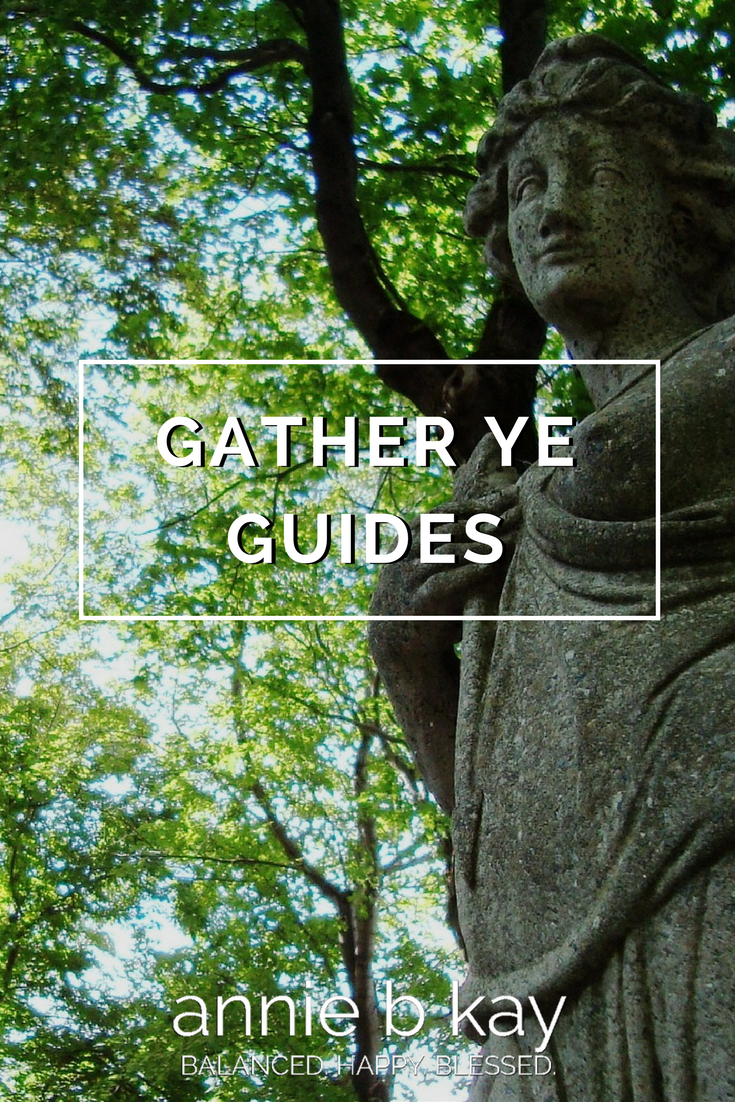
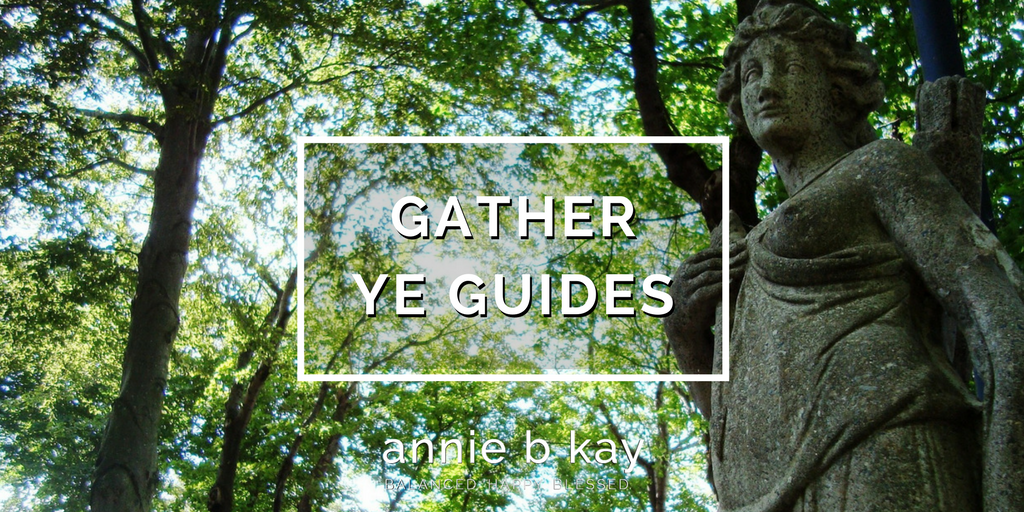
Does everyone know by now that none of us are ever alone? That we all have guides – ancestral, animal, plant and angelic beings swirling about us pretty much all the time? Being introduced to my spirit guides has deeply enhanced my own life, and I encourage you to explore yours.
How do you find your guides? Here are a few ideas:
Pay attention
Is there anyone in your family (including pets!) that has passed on that you had a deep and special bond with, or who had a bit of the bodhisattva (love bunnie) in them? It is very likely that a part of them is still with you, but perhaps you are only aware of them on occasion in dreams. You can begin to connect with them in your dream (there are courses for that!) and you’ll often find that if and when you do, they become more present in your waking life.
You can ask, before you head off to sleep, for a dream that connects you with a guide who can help you at this time in your life. You can take notes – keep a dream journal of when you see them.
Go to where they live
From my experience, guides tend to hang out mostly in non-ordinary consciousness. I have met guides in dreams, when I was really sick and delirious, and when I was in an altered state thanks to medicine, breath work or being in a place conducive to it. So, the more time you spend in meditation, day-dreaming, sleep-dreaming and the like, the more likely you will encounter a guide.
Don’t be afraid to connect, but be discerning
Your guides are benevolent beings who want the best for you. They won’t be or feel creepy (though they may be funny or ironic), threatening or malevolent. If you don’t feel comfortable with them, I would recommend steering clear. You can go slow.
Once you have recognized someone, perhaps in your dreams, just say hello and because it is likely the family-member version, I don’t need to cue you on what to say. You might ask it a question, you might have a full conversation. If you do, remember to say thanks if you get a response to your query.
No rush.
If your guide doesn’t come to you today or tomorrow, no worries. They are there. I find that when I am open to them, they come wandering in. The animals, the grandparents, the being whom I don’t yet recognize but always knew was there. There they are. It’s just a matter of time. No rush.
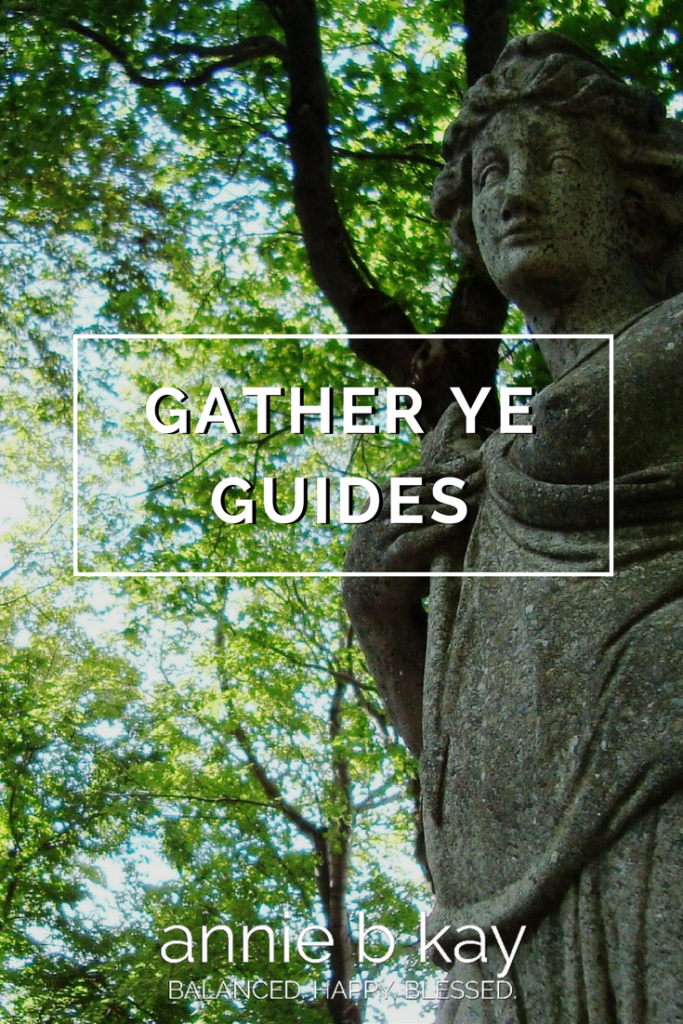
Pinterest
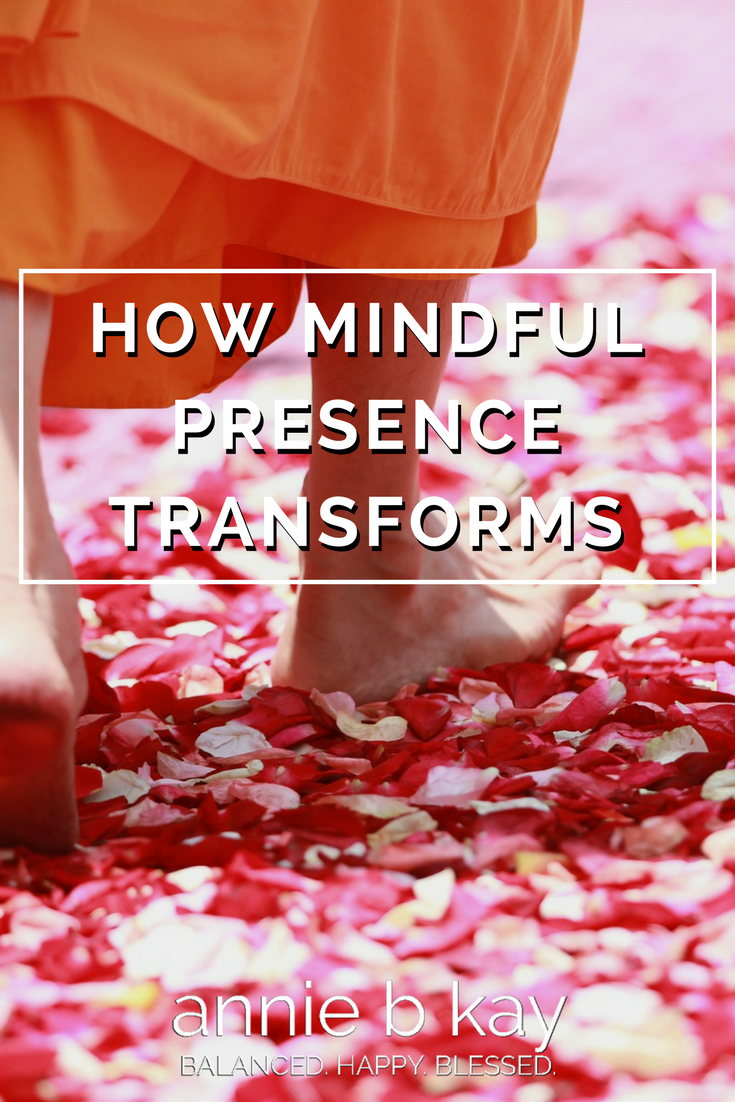
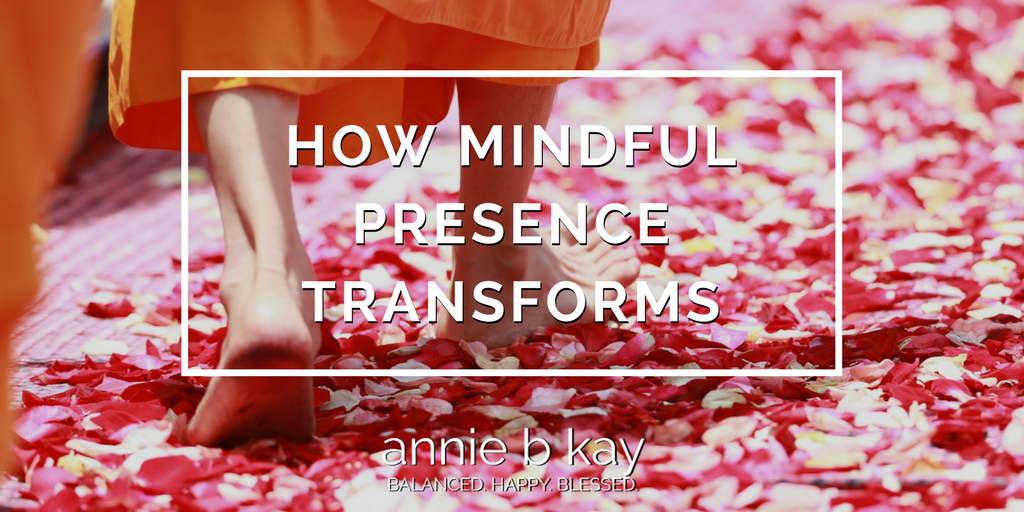
This month, I’m launching a telehealth private practice. Very exciting. You can now work with me individually online. I’m beginning with Tuesday and Thursday afternoon/evenings for privates and going from there. Wednesday at 6:30 PM EST is an online Mindful Presence Group.
One of the reasons I am partnering with the platform that I am is the capacity to do online groups – we can cyber-gather to meditate, brainstorm, collaborate. The first one that I’m launching is a weekly Mindful Presence Group. I’m launching that one first because I think that it is a powerful basic structure that supports our becoming more of who we intend to be – it supports change. It helps manage stress, forms community, and nudges us along the practice of mindfulness meditation. To paraphrase from my meditation teacher:
Meditation practice helps us quiet down, lets us catch up with ourselves. It leads us to and allows us to gently rearrange, the center of our being. No one else can do this work for you. Only meditation can unlock these doors.
While it does not replace face-to-face connection, it is easy and cost-effective (about $20/session) to practice.
Here is more about the practice:
Mindful presence eases you into meditation! The practice of presence – when we get clear about what is going on, and speak it, particularly in a supportive group, helps us understand that we are not alone and that life is…beautifully imperfect. For everyone. We witness another’s experience silently, with open hearts. Being heard by others in this way can make it easier to move with confidence into a deeper appreciation of life.
Each group is limited to 12 participants.
Outline for the 60-minute call:
- Annie: Welcome and meditation (10 min)
- Each participant speaks for 2-3 minutes (Annie will facilitate – it’s easy AND speaking is optional…you can just listen if you prefer)
- Annie integrates and offers a follow-up question or deepener
- Group members share as desired, time allowing (Annie will facilitate)
- Annie closes with a brief meditation
Basic ground rules of conscious communication:
- Statements come from your experience: “I am experiencing…”, “I am feeling…”
- Resist the temptation to cross-talk. While something someone else says may resonate with you, resist saying “I agree…” or “That reminds me of…”
- When someone has the floor, we are silent witnesses to their report. We simply hold space for one another.
- You don’t have to speak – you can pass. Too, when you are complete, let us know by saying “thanks,” or “that’s it.”
Give it a try!
It is a group meditation and conscious communication practice rolled into one.
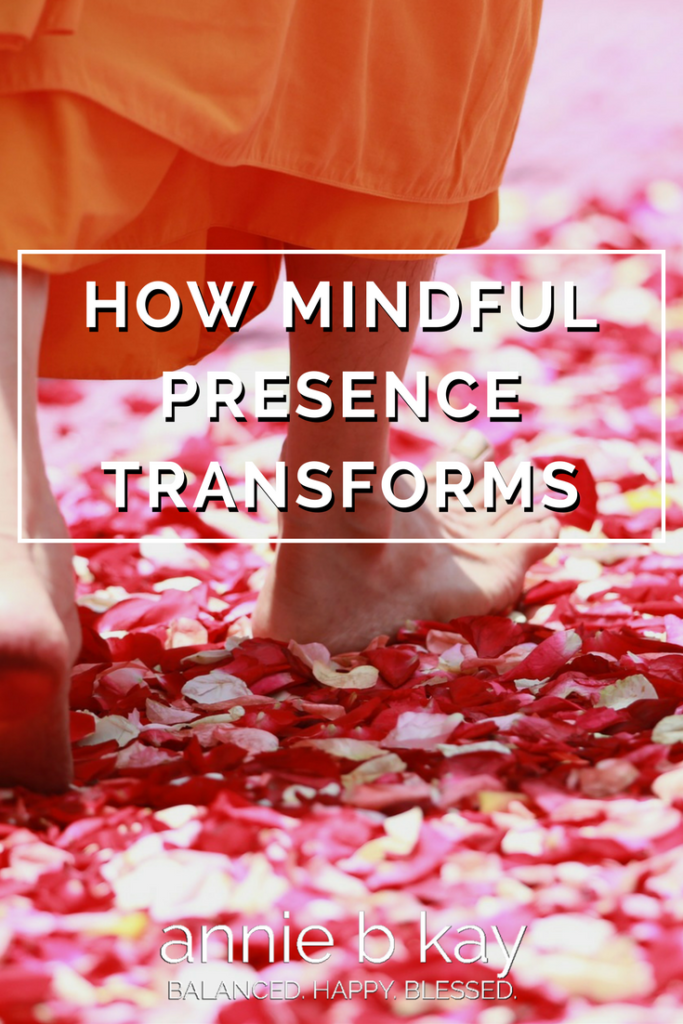
Pinterest
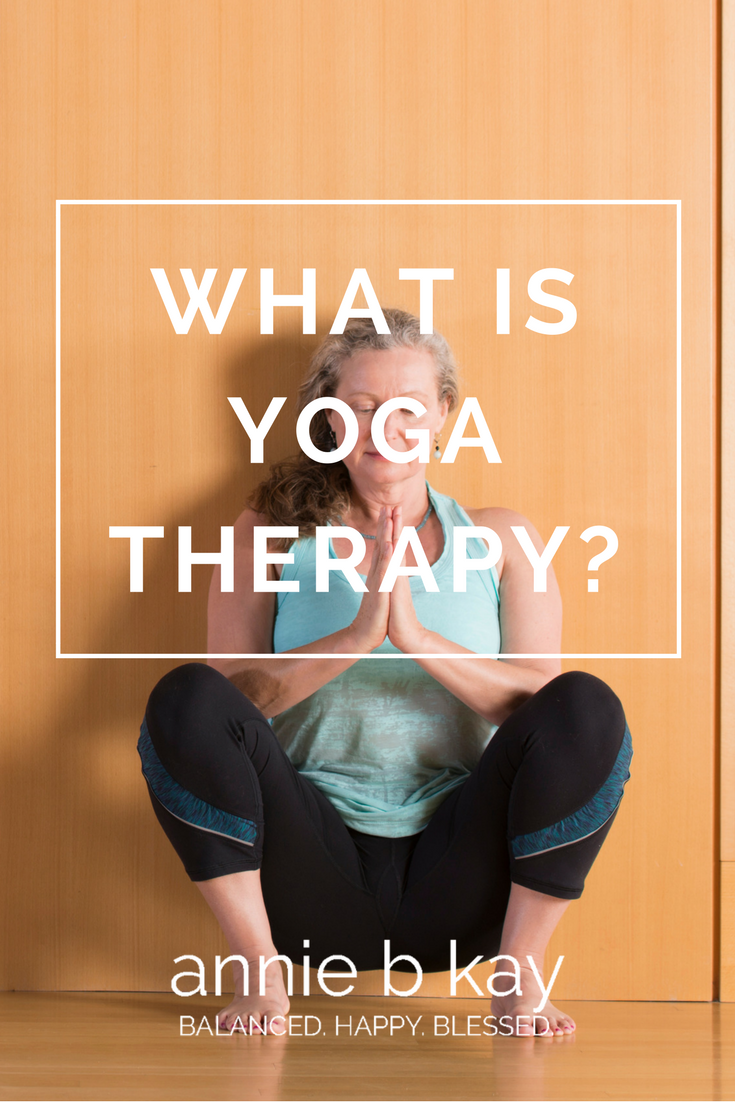
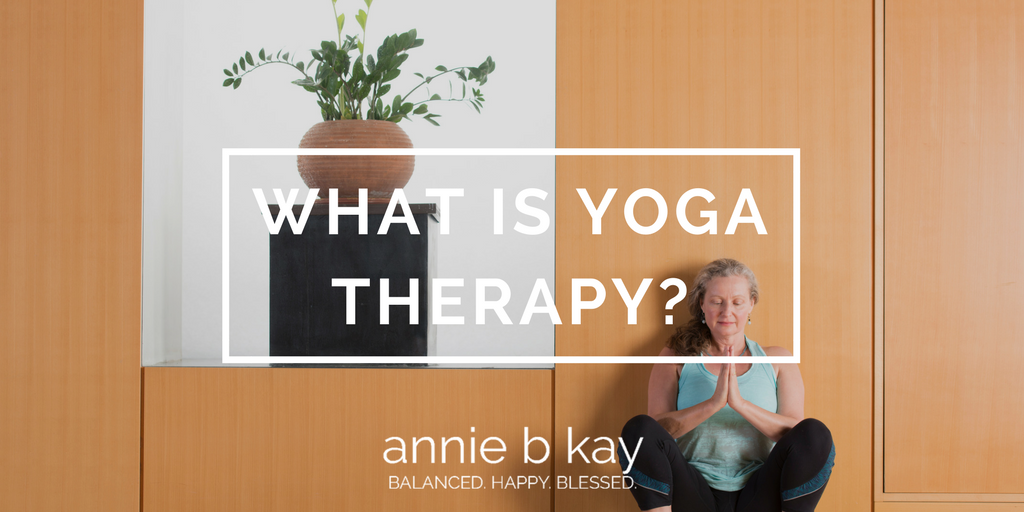
…and can it help me?
Pull up a chair and let me tell you the story of professional yoga in America over the last few decades and I will tell you what yoga therapy is and if it can help you.
Twenty years ago when I first began my own yoga practice, no one would have thought that yoga would be where it is now. Yoga has had more than its share of moments in the spotlight. That’s in no small part to the way that Western science has recognized the unique gifts that yoga practice bestows – so, the mechanisms by which yoga does what it does are being elucidated and at a furious clip. The field of yoga is doing its best to become more professional, so standards are evolving and certifications are on the rise. Thus it is with the International Association of Yoga Therapy (IAYT). They’ve recently offered a certification in yoga therapy, the C-IAYT, which I was grandparented into. The Yoga Alliance (YA) has stated that simply having an RTY does not adequately train you to offer yoga therapy to those with medical conditions.
Yoga is a multi-dimensional practice, and that’s what makes it so therapeutic when used skillfully. It has the physical posture practice that you have seen – the triangle, the warrior, the headstand and so forth. It has a mental aspect to practice – you focus your mind in a particular way inside your body as you practice, releasing the lists of to-dos and the relitigating of the past that is so common in our every day distracted minds, and instead, we are invited to be absorbed in the sensations within. And, there is a breath or energy aspect of it. You use your breath in particular ways with particular aims in mind.
All of these aspects of yoga are going on at the same time. In yoga therapy (YT), we take advantage of what each of the multi-dimensional aspects of yoga can do, and we apply them within an evidence-based framework. For me, it’s within a Medical Nutrition Therapy (MNT) framework. MNT is an evidence-based approach to nutrition to address health issues. I use YT too, for example, to address constipation by creating more space in the torso with breathing exercises, self-massage, and inversion postures. These techniques are added to the foods, fluids, and herbs Western science suggests can be helpful to resolve the issue.
Can YT help you? The short answer is if you are seeking lifestyle medicine to address a health condition, then yes, YT can be part of that program. Yoga can help support positive change, help us learn to move more skillfully, and provide us a philosophical framework through which to become our most skillful, kindest, most compassionate selves.
YT is a set of tools for use within my licensed nutrition practice. I hope to share with nutritionists and with yoga teachers my approach to blending these two sciences in a teacher training program. But, one step at a time. In the meantime, I’ll be offering YT-MNT in my telehealth practice opening in September.
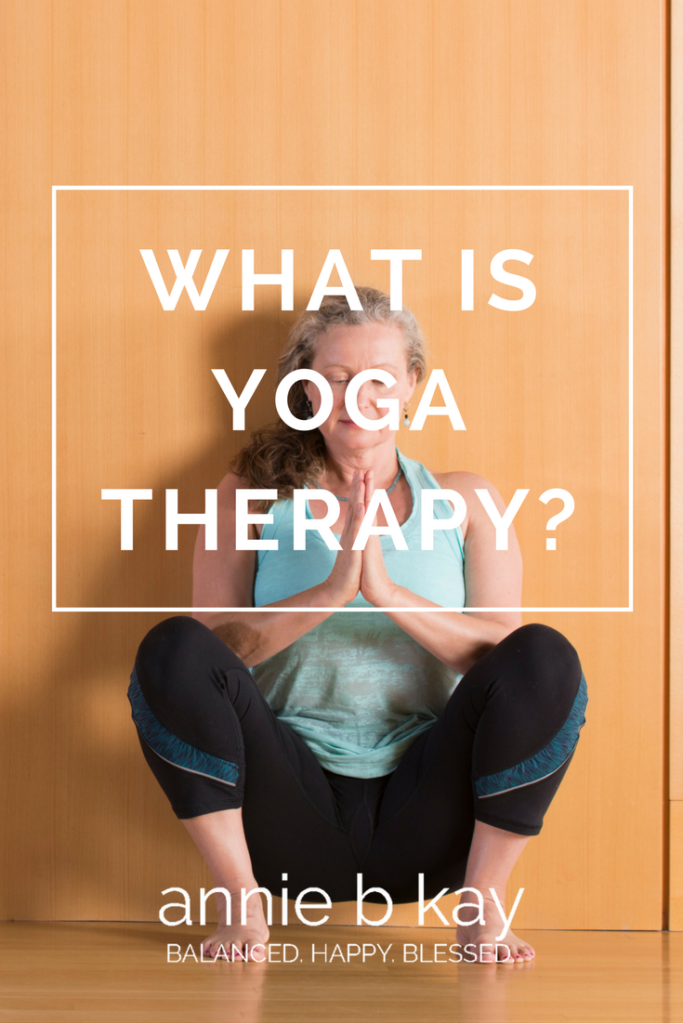
Pinterest
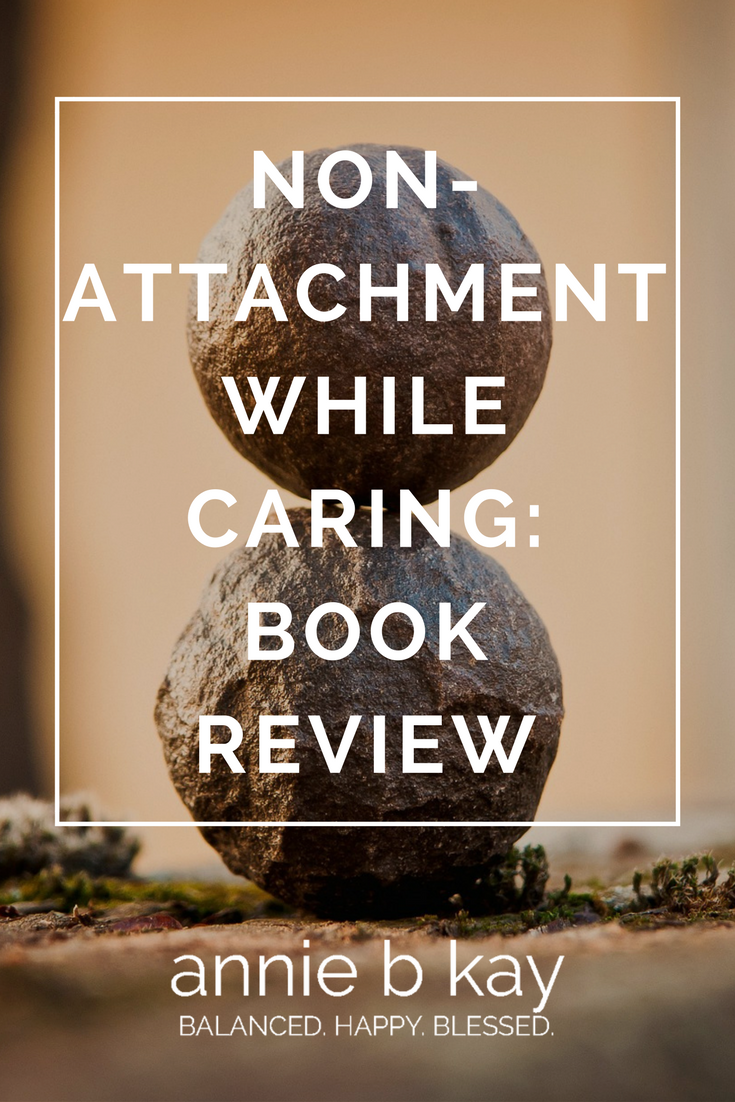
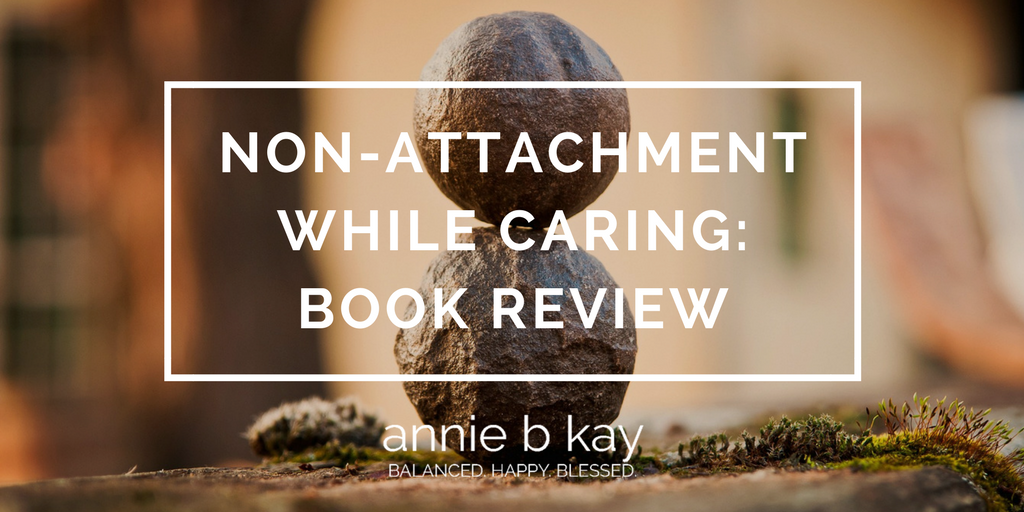
Since I’ve started reviewing books, I should mention the book that I carry with me. It’s in my bag, everywhere I go. All. the. time.
I pulled it out in Vieques when I felt left out for a few moments and ended up having lunch alone while my husband lunched at the next table over with a most attractive woman of his own age (we were all in love this one hot 65-year old Alaskan woman).
I pull it out when I see someone in a leadership position act, well, not like the leader we’d hoped for. I carry it with me. I pull it out when I feel outraged or like I’ve been unheard or cheated or judged. It helps me and reminds me to keep on keeping on the path I’ve chosen.
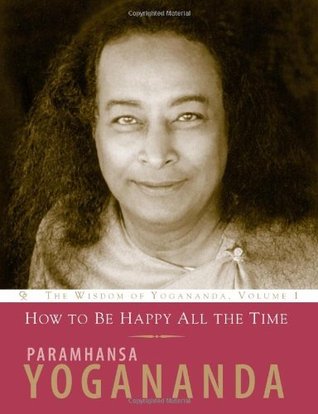 It’s How to Be Happy All the Time by Paramhansa Yogananda. The basic lesson is non-attachment. The message is there is absolutely nothing to get too excited about.
It’s How to Be Happy All the Time by Paramhansa Yogananda. The basic lesson is non-attachment. The message is there is absolutely nothing to get too excited about.
That doesn’t mean don’t care. Care. Please. Care enough to be loving and deeply connected with those close to you who are easy to love as well as those you don’t yet know enough to love, and even those you decidedly do not love in this moment. Just know when you get riled up, that’s your signal to practice. Calm down, look around and practice.
The set of reminders include excellent old saws: cultivate a positive state of mind, take care of your body, keep practicing and should difficulties comes along, know that we all have them, they are not personal (though they feel that way) and look for the good in challenges. Do your best to continue your practice. It’s a long explanation, really, on why we should meditate and how it makes us happier.
Here’s what Yogananda had to say:
“The most important condition for lasting happiness is even-mindedness. Remain ever calmly centered in the Self within. As a child’s sand castle disintegrates before invading waves, so does a restless mind, lacking strength of will and perseverance, succumb to the pounding it receives from the waves of changing circumstance.”
It’s a challenging path and at times an impossible practice. We, humans, have a pretty seriously stormy and tempestuous nature. Have you noticed? I get triggered a hundred times a day. But I find, if I practice, it makes life better – it makes me better. I make more reasoned decisions and can be more compassionate when people act in human and imperfect ways. I calm down and get clear. I can work on myself, take care of my side of the street.
Pick up a copy, carry it around and dip into it. Let it remind you to meditate. Let it remind you to practice self-care. Let me know if it helps.
To quote a Real Housewife of NJ: Namaste bitches!
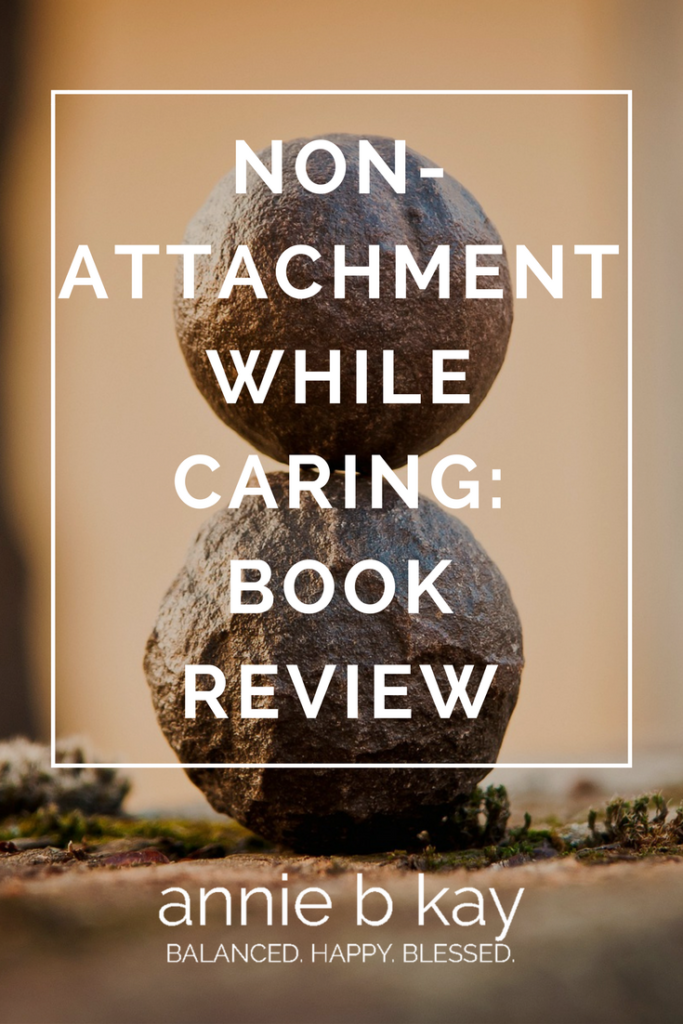
pinterest













 It’s
It’s 

